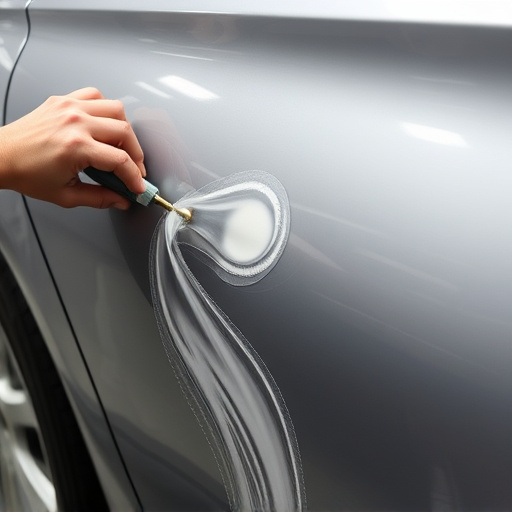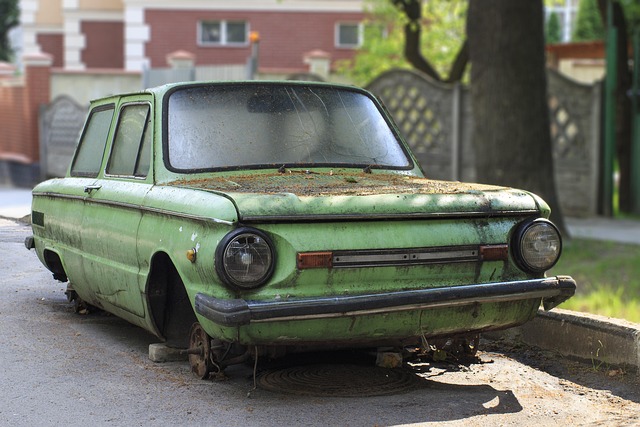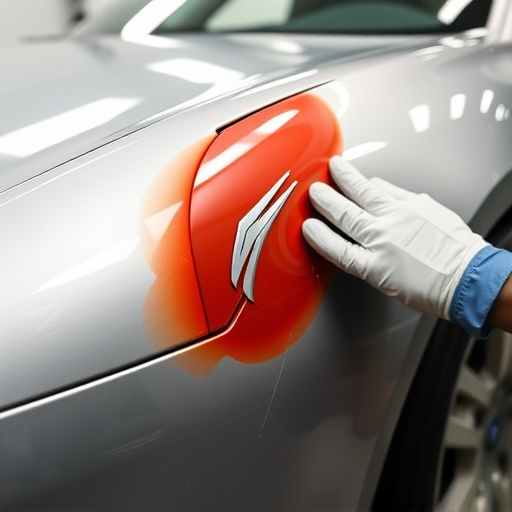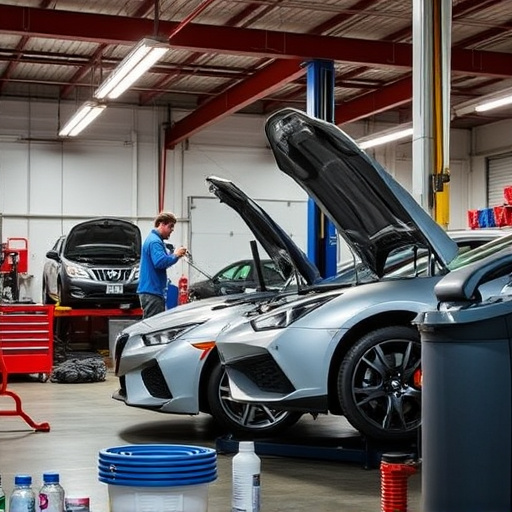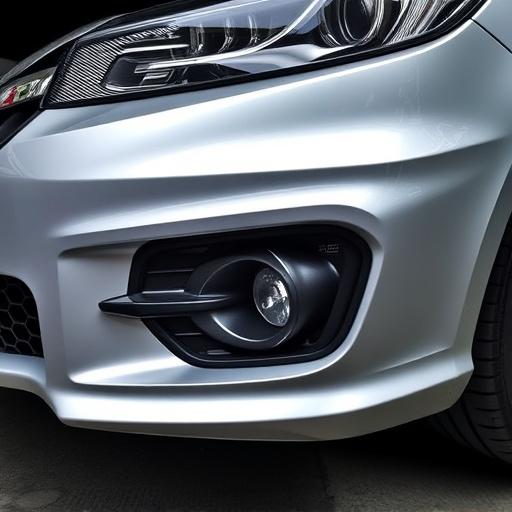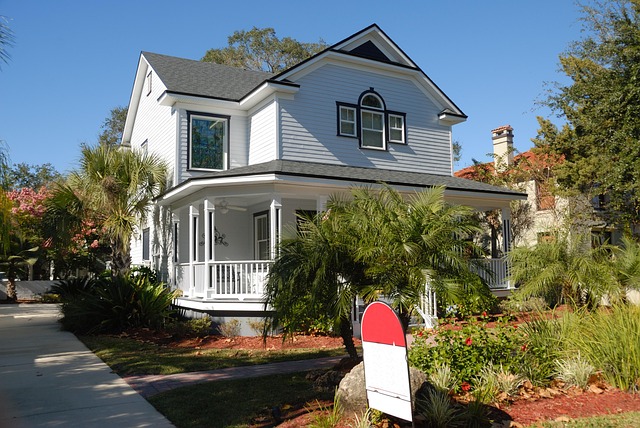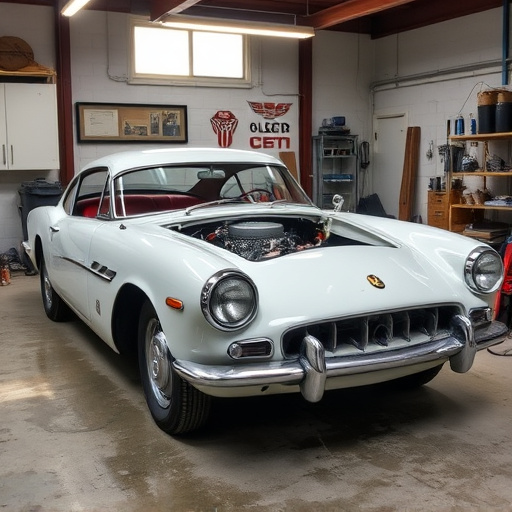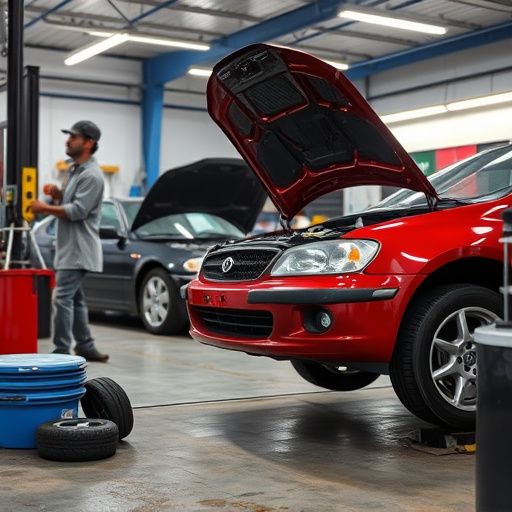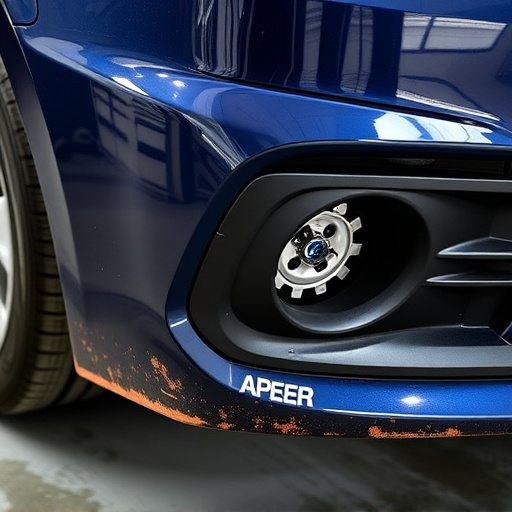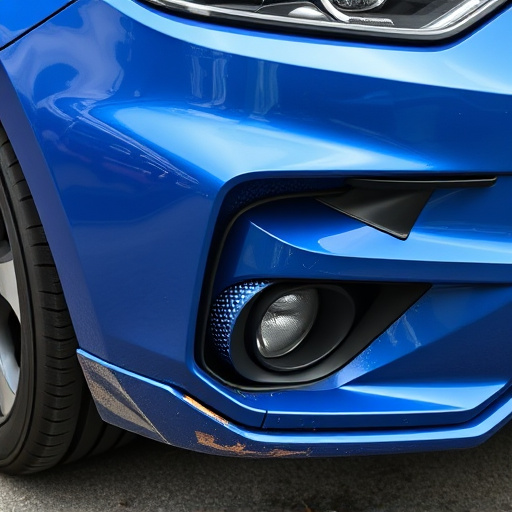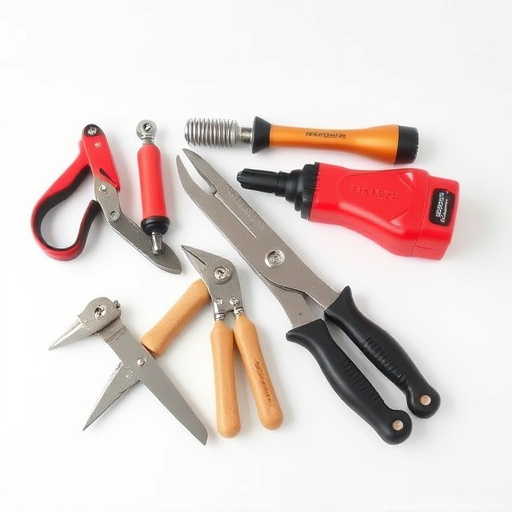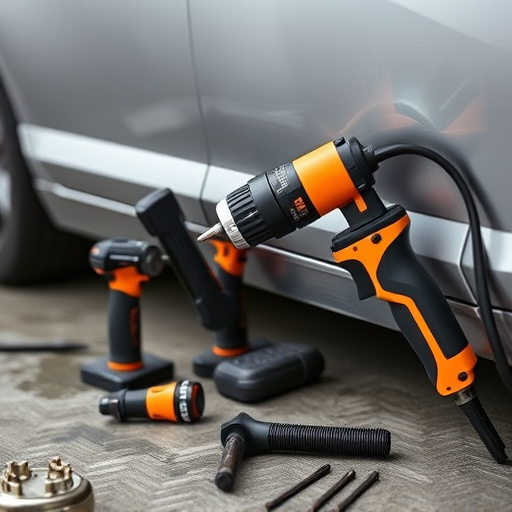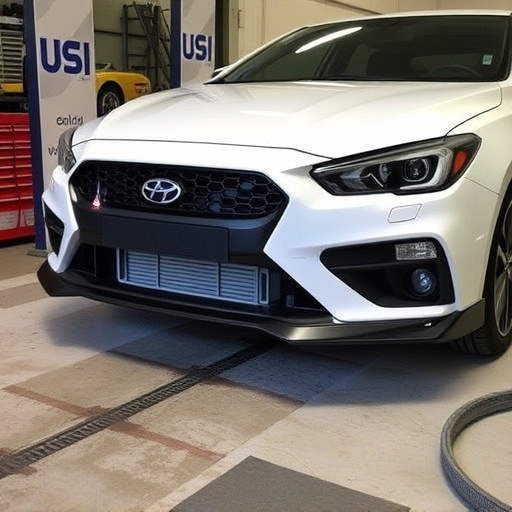Tesla's Adaptive Suspension System enhances ride quality and handling but requires regular maintenance and timely repairs for issues like uneven tire wear, harsh rides, or handling instability. Repairs involve diagnostic tools, part replacements, firmware updates, or suspension recalibration by expert technicians. Regular inspections, wheel alignment checks, and ideal tire pressure are crucial for long-term optimal performance.
Tesla owners enjoy a smooth, responsive ride thanks to their vehicle’s advanced Adaptive Suspension System. However, like any complex technology, it can encounter issues. This guide dives into the world of Tesla adaptive suspension repair, offering insights on common problems, the repair process, and maintenance tips for ensuring optimal performance. Understanding these aspects equips owners with knowledge to maintain their vehicles’ exceptional driving dynamics.
- Understanding Tesla's Adaptive Suspension System
- Common Issues and Repair Process Overview
- Maintenance Tips for Optimal Performance
Understanding Tesla's Adaptive Suspension System
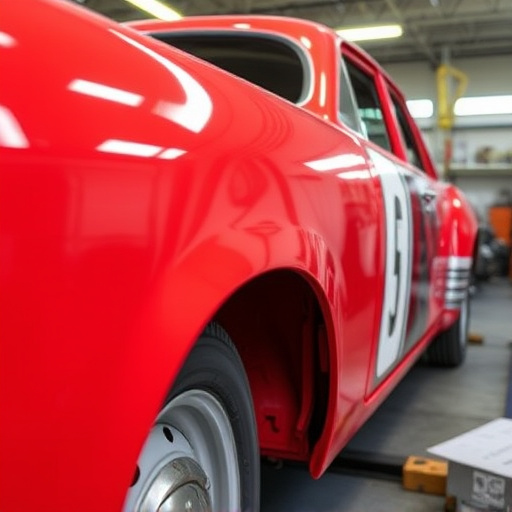
Tesla’s Adaptive Suspension System is a cutting-edge technology designed to enhance both ride quality and handling performance. It uses sensors to monitor road conditions in real time, adjusting the suspension height and stiffness accordingly. This dynamic system ensures a smooth ride over rough terrain while maintaining optimal vehicle stability at high speeds. Understanding how this complex mechanism works is crucial for Tesla owners when considering Tesla adaptive suspension repair.
When it comes to repairs, proper diagnosis is key. Issues with the Adaptive Suspension can range from software glitches to mechanical failures. Regular maintenance and timely repairs are essential to prevent more serious problems, ensuring your vehicle continues to deliver a refined driving experience. For fleet repair services or specialized car body restoration and car paint repair, owners should consult certified Tesla technicians who have in-depth knowledge of this advanced system.
Common Issues and Repair Process Overview
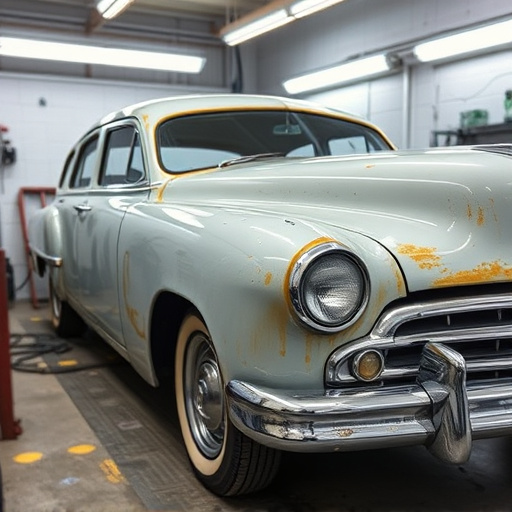
Tesla Adaptive Suspension is renowned for its sleek design and advanced technology, but like any intricate system, it’s not immune to issues. Common problems include uneven tire wear, jarring rides, and handling instability, often indicative of misaligned or worn suspension components. One of the key culprits in Tesla adaptive suspension repair is the control module, which can malfunction due to various factors, leading to inefficient shock adjustment and compromising driving dynamics.
The repair process involves a systematic approach. Technicians first diagnose the issue using specialized tools to identify faulty sensors, actuators, or control modules. This may include visually inspecting components for damage or wear, checking electrical connections, and running diagnostic tests. Once identified, repairs range from replacing worn parts like bushings and struts to updating firmware on the control module. In severe cases, especially involving bumper repair or car damage repair, a complete suspension recalibration might be necessary to restore optimal performance. Vehicle repair expertise is crucial for ensuring precision and safety during Tesla adaptive suspension repairs.
Maintenance Tips for Optimal Performance
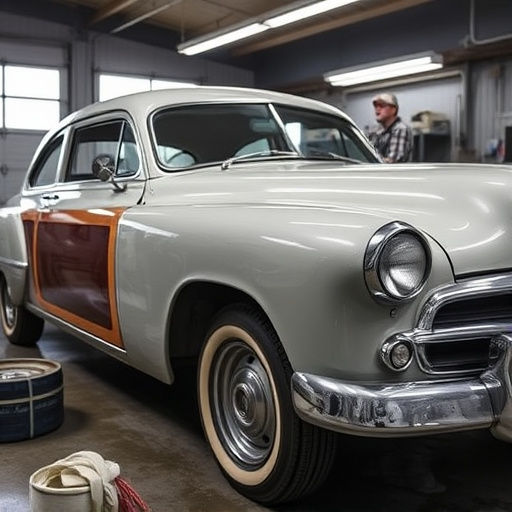
Proper maintenance is key to keeping your Tesla’s adaptive suspension in top condition and ensuring a smooth ride for years to come. Regular inspection is crucial; check for any signs of damage, wear, or abnormal noises from your vehicle’s suspension system. Addressing minor issues early can prevent more significant problems that may require costly frame straightening or even dent repair.
To optimize performance, keep an eye on the tire pressure and ensure they are inflated to the recommended PSI. This simple step enhances handling and reduces the risk of damage during Tesla adaptive suspension repair. Additionally, periodic alignment checks are essential to maintain proper wheel positioning, which can be done by a professional auto repair near me to guarantee optimal driving dynamics.
Tesla’s Adaptive Suspension System is a groundbreaking feature that enhances driving experience. While it’s generally reliable, common issues can arise. Understanding these problems and following maintenance tips ensures optimal performance. For repairs, knowing the process beforehand empowers owners to make informed decisions. Remember, proper care and timely addressing of concerns are key to keeping your Tesla’s adaptive suspension in top shape, ensuring a smooth and enjoyable ride for years to come.
